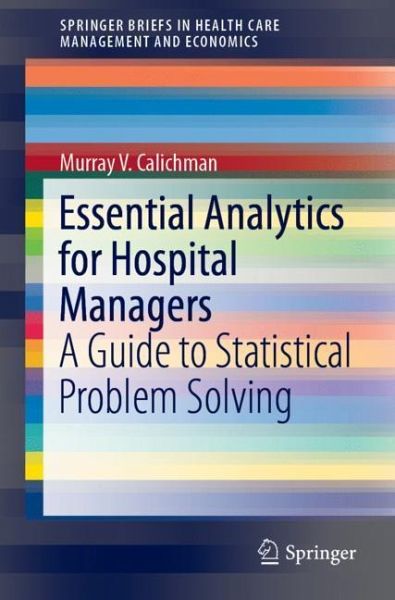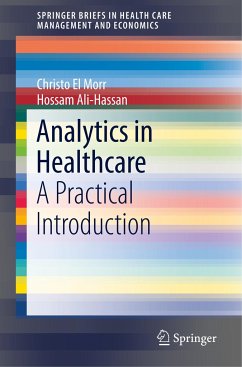
Essential Analytics for Hospital Managers
A Guide to Statistical Problem Solving

PAYBACK Punkte
23 °P sammeln!
This book provides practical applications of statistical and mathematical concepts to resolve common issues in hospital management. Each chapter discusses a key component of hospital operations, such as maximizing hospital profitability through pricing optimization, forecasting facility requirements from historical data, and determining optimal patient schedules to fully utilize hospital resources in order to eliminate over-crowding in the emergency department. Structured by the degree of mathematical complexity, this professional book utilizes problem-solving methodologies ranging from basic ...
This book provides practical applications of statistical and mathematical concepts to resolve common issues in hospital management. Each chapter discusses a key component of hospital operations, such as maximizing hospital profitability through pricing optimization, forecasting facility requirements from historical data, and determining optimal patient schedules to fully utilize hospital resources in order to eliminate over-crowding in the emergency department. Structured by the degree of mathematical complexity, this professional book utilizes problem-solving methodologies ranging from basic statistical concepts (means and standard deviations) to more advanced statistics (Poisson distributions and queuing theory). Concluding with computer applications and simulations, the practical examples will help hospital managers to optimally and innovatively make use of linear programming. The book's main goal is to make hospital personnel more aware of the benefits of management science methodologies that are not usually employed in today's hospitals.














